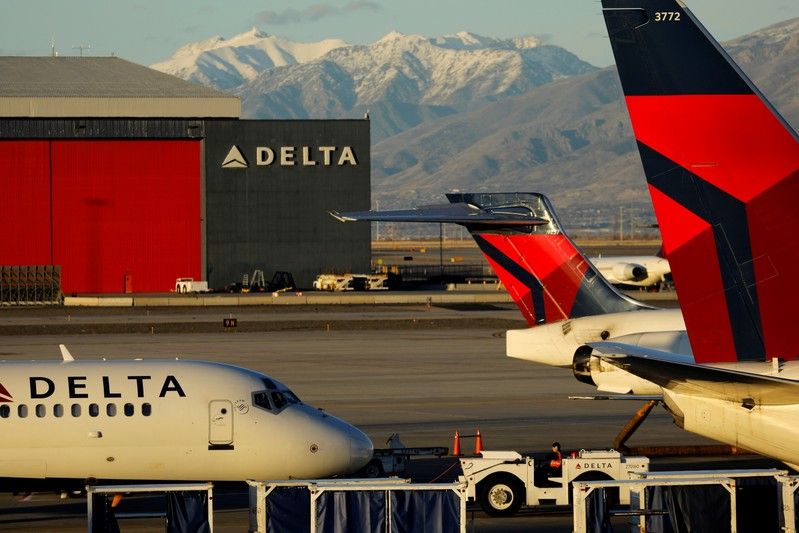China’s Bid to Challenge Boeing and Airbus Falters
BEIJING/PARIS (Reuters) - Development of China’s C919 single-aisle plane, already at least five years behind schedule, is going slower than expected, a dozen people familiar with the programme told Reuters, as the state-owned Commercial Aircraft…
